Category: Articles
-
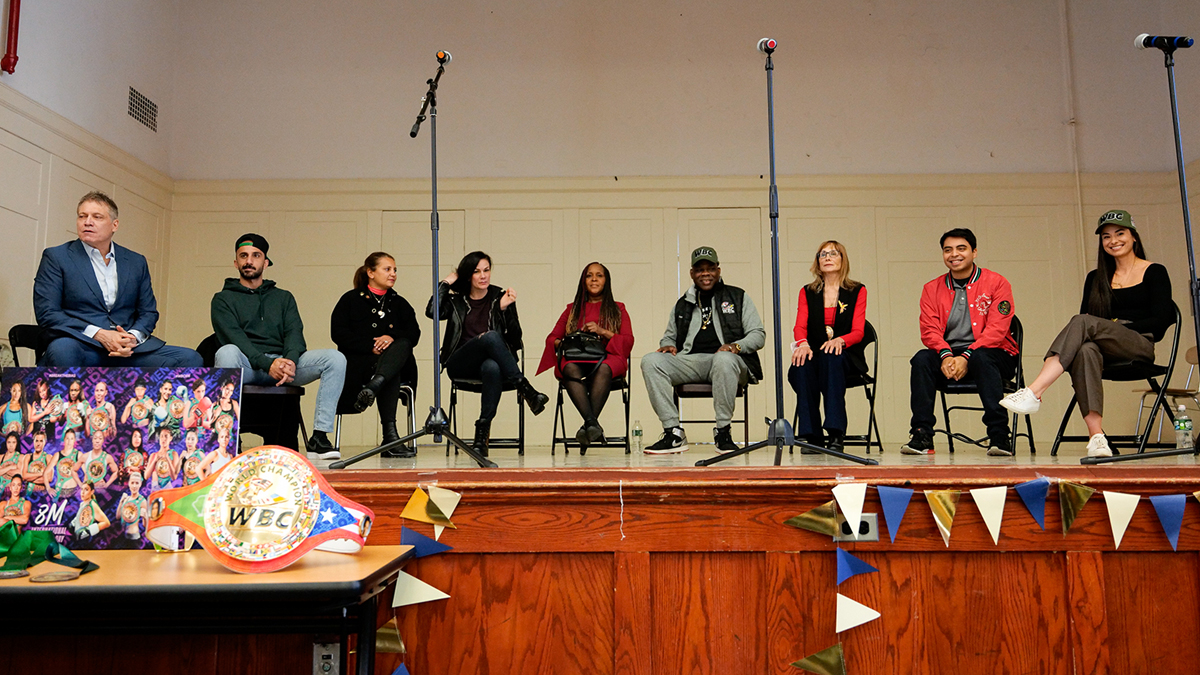
WBC Cares about Eagle Academy
WBC Cares visited with Eagle Academy for Young Men of Harlem. Eagle Academy is the only school in NYC with a boxing program and now that youth are returning to class, they are going to start it again. It helps to have an activity like this to bring children back to School and keep them…
-
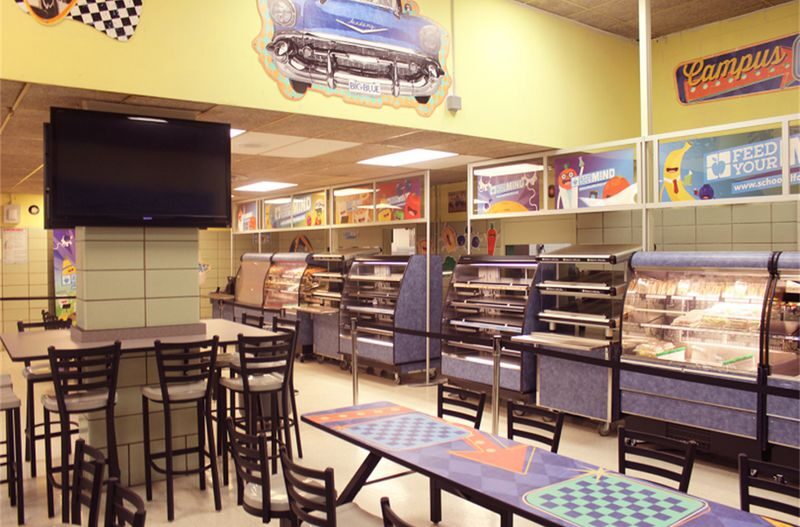
If you really want to bridge the racial wealth gap, stop asking families of color to sacrifice so much to educate their children.
Brooklyn student Leslie Gomez Rivera used to avoid the Midwood High School cafeteria at all costs, spending her lunchtime in classrooms or the library and sometimes going the whole day without eating.
-
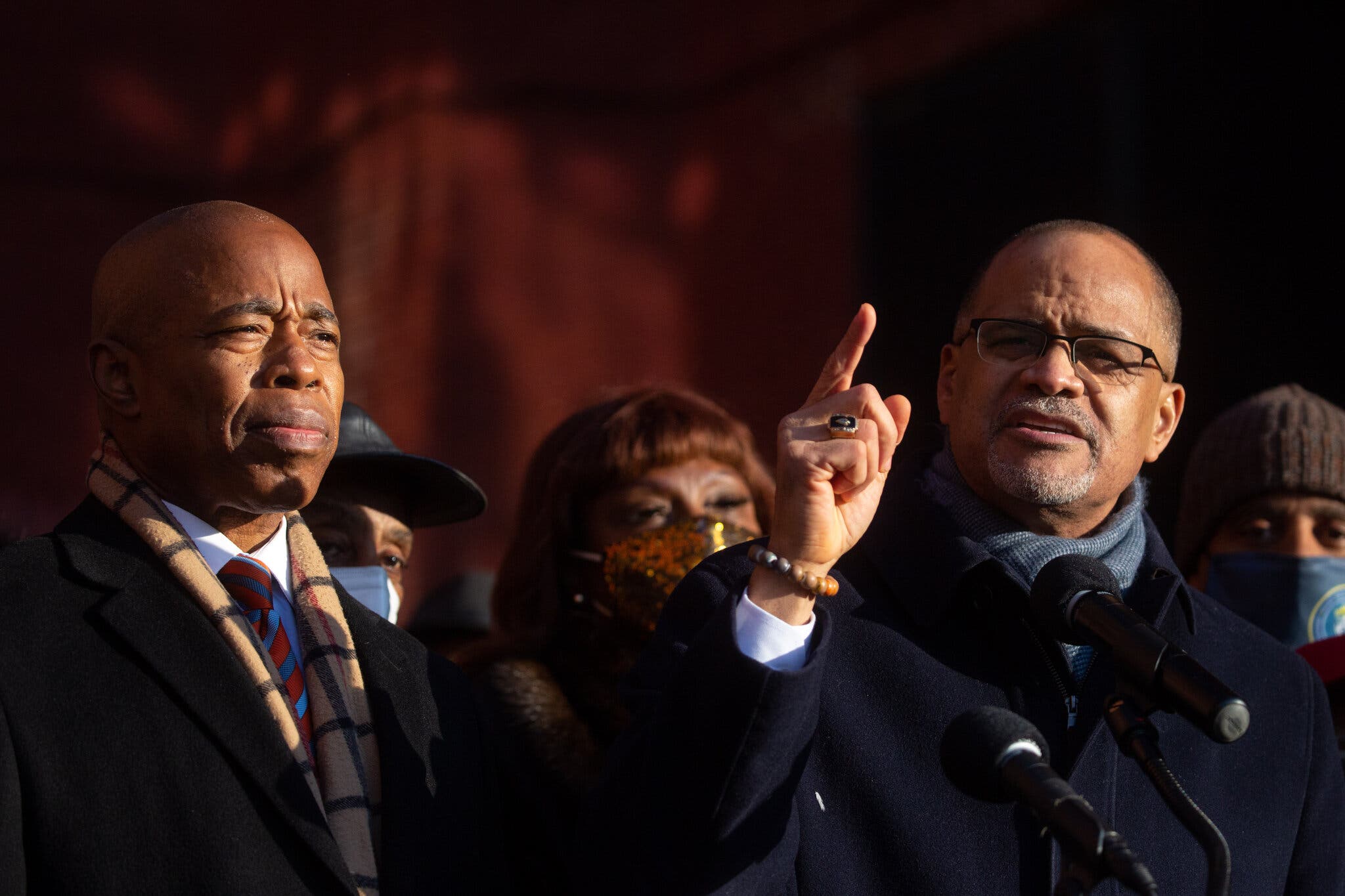
David Banks, Educator and Adams Ally, Is Next N.Y.C. Schools Chancellor
Mr. Banks, who founded the Eagle Academy, a network of public schools for boys, is the first commissioner named to Mayor-elect Eric Adams’s administration.
-
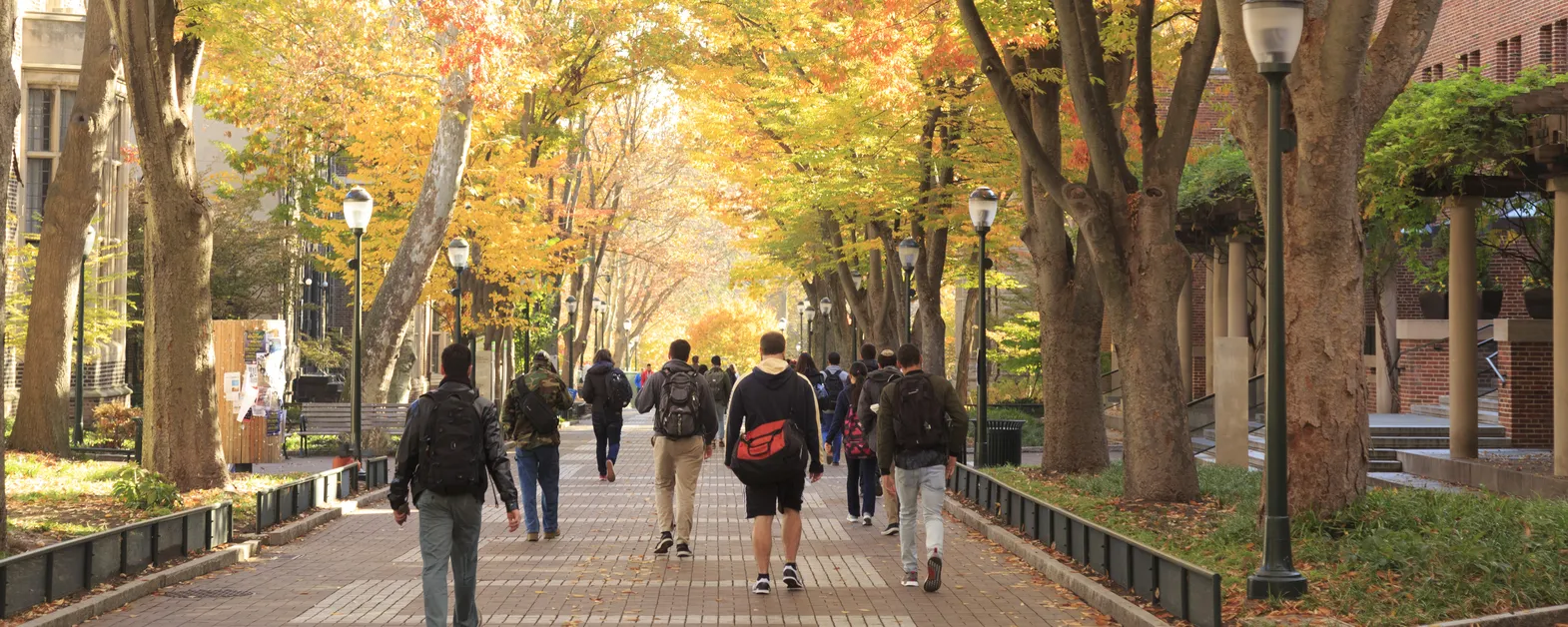
SECOND-GENERATION COLLEGE STUDENTS NEED SUPPORT, TOO
If you really want to bridge the racial wealth gap, stop asking families of color to sacrifice so much to educate their children.
-
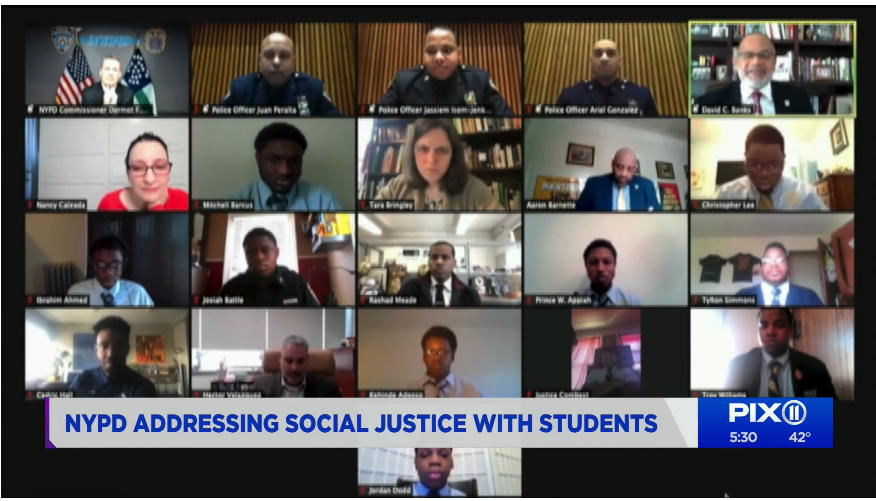
NYPD commissioner talks social justice with students
NEW YORK — A candid conversation, up close and personal with NYPD Commissioner Dermot Shea, answering questions from students of color during the Eagle Academy’s 19th virtual town hall to discuss the state of our country, systemic racism, inequality and so much more. “Where we are today, recognizing we have an awful lot of work…
-
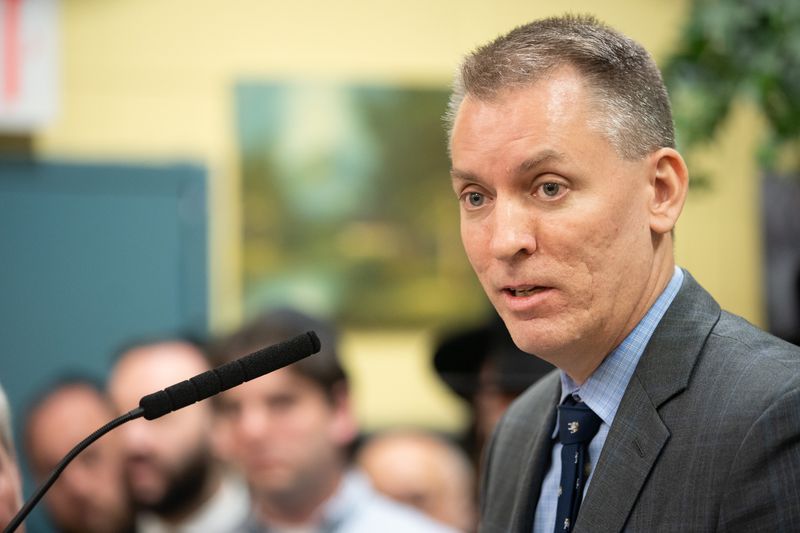
City police commissioner talks NYPD-community relations with charter school students
The city’s top cop found himself on the spot Friday when a high school student from Staten Island pressed him during a town hall on what the NYPD is doing to hold accountable officers who commit misconduct. “The NYPD has a history of police being overly aggressive toward people of color,” said Kehinde Adeoso, a…
-

First Black Woman to Run N.Y.C. Schools Faces Huge Task: Full Reopening
Meisha Porter, a longtime Bronx educator whom Mayor Bill de Blasio named on Friday as his choice to replace Richard A. Carranza as schools chancellor, began her path to the chancellorship as a teenage activist who caught the attention of a group of urban planners in the South Bronx in the early 1990s. Ms. Porter, who…
-

NYC Schools Get First Black Female Chancellor as Carranza Abruptly Resigns During Ongoing COVID Crisis
Bronx parent Farah Despeignes awoke to what she considered good news Friday, 11 months into a painful pandemic that brought not only trauma and loss, but also a series of missteps over reopening New York City’s schools. Bronx Executive Superintendent Meisha Ross Porter, whom Despeignes had worked with in her role as president of the…
-

Report reveals NYC racial gap in degree attainment
A new study outlines the size of the education gap between Black and Hispanic people when compared to white people. The Center for an Urban Future (CUF) report, titled “Building An Inclusive Economy In NYC: Boosting College Attainment,” revealed that 27% of Black and 20% of Hispanic New Yorkers have attained a bachelor’s degree while…
-
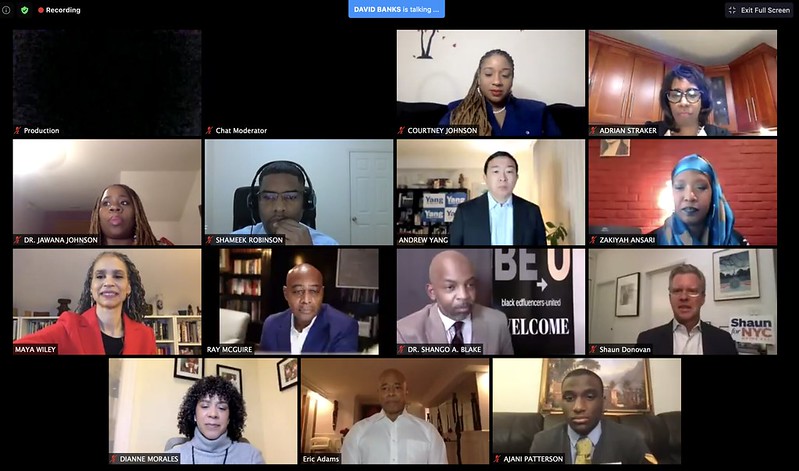
New York City Mayoral candidates share their plans on improving city public schools
Close to 1,500 parents, educators and community members registered to attend a virtual forum on Sunday with some of NYC’s 2021 mayoral candidates. They wanted to voice their concerns about accessible online learning, educational racial equity, high-risk standardized testing and funding. According to Maya Wiley – one of the candidates – the meeting was so…